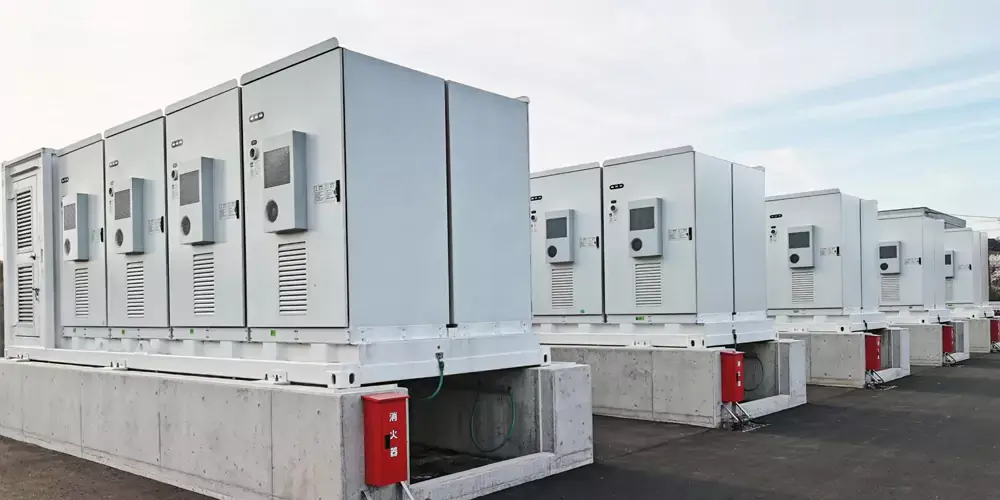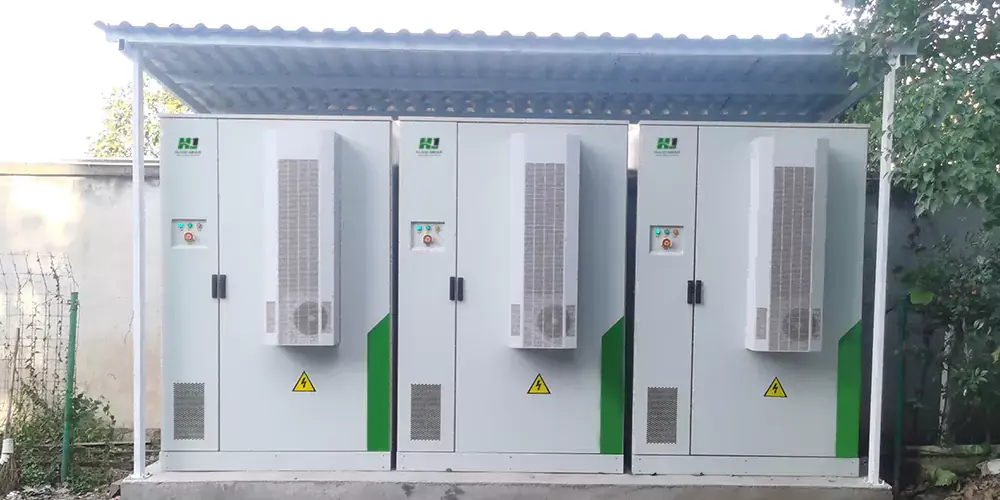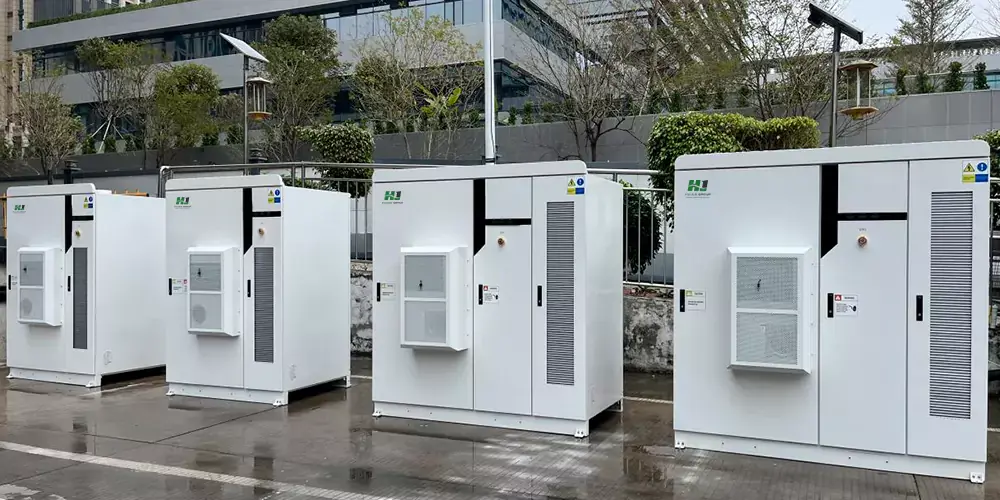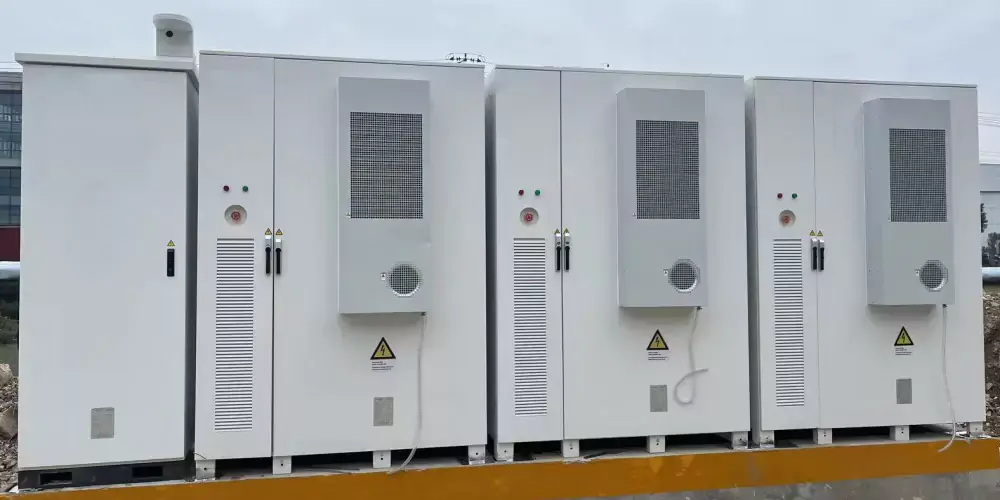Island Microgrids: The Smart Energy Solution of the Future
As global energy demands continue to rise, island microgrids are emerging as a crucial solution to energy challenges. An island microgrid, as the name suggests, is an independent power system established on islands or remote areas. These regions often face energy supply limitations, and microgrids offer significant benefits. This article explores the advantages of island microgrids, with a particular focus on the key role of Island solar power in these systems.
What is an Island Microgrid?
An island microgrid is a self-contained power system that can operate independently from the main grid. It typically includes solar panels, wind turbines, energy storage systems (such as batteries), and control systems. Together, these components work to provide a stable power supply, especially in areas where energy supply is challenging. This independent system allows islands to manage their energy resources more effectively, making them less vulnerable to external disruptions.
The Role of Island Solar Power
Island solar power plays a crucial role in the microgrid system. As a clean energy source, solar power effectively reduces reliance on traditional fossil fuels. Islands receive abundant sunlight, allowing solar panels to efficiently convert sunlight into electricity, providing stable and environmentally friendly power supply to residents.
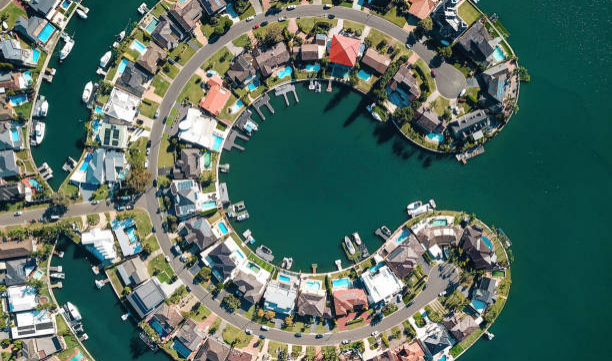
Reducing Carbon Footprint
Traditional energy sources like coal and oil release significant amounts of carbon dioxide and other greenhouse gases, causing environmental pollution and climate change. Island solar power utilizes the renewable resource of sunlight, significantly reducing carbon emissions and helping to protect the environment. By shifting to solar energy, islands can achieve a cleaner and more sustainable energy profile.
Enhancing Energy Self-Sufficiency
Islands are often isolated from the main grid, making their energy supply unstable. Solar power systems can operate independently on islands, reducing dependence on external energy sources and enhancing energy self-sufficiency. This self-reliance is particularly important in emergency situations, where external supply lines might be disrupted.
Lowering Energy Costs
While the initial investment might be high, the long-term operational and maintenance costs of solar power systems are relatively low. Additionally, solar energy is free, eliminating ongoing fuel costs. Over time, this can lead to substantial savings for island communities, improving their overall economic stability.
Supporting Technological Innovation
The advancement of solar technology continues to enhance the efficiency and affordability of solar panels. Innovations such as better energy storage solutions and more efficient photovoltaic cells are making island solar power systems even more viable. These technological improvements contribute to the overall effectiveness of island microgrids.
Other Components of a Microgrid
In addition to island solar power, microgrids include other essential components:
Wind Power: Wind turbines convert wind energy into electricity, further supplementing solar power when it is insufficient. This diversification of energy sources helps ensure a consistent power supply.
Energy Storage Systems: Battery storage systems provide power reserves when solar or wind power generation is low, ensuring stability in power supply. Advanced storage technologies are also improving the reliability and efficiency of these systems.
Control Systems: Intelligent control systems monitor real-time power supply and demand, optimizing power distribution and improving system efficiency. These systems play a crucial role in maintaining the balance and stability of the microgrid.
The Future of Island Microgrids
The future of island microgrids looks promising. With advancements in technology and decreasing costs, more and more islands will be able to utilize these smart power systems. Island solar power, as a core component of microgrids, will continue to play a vital role in improving energy supply stability, protecting the environment, and fostering economic development. Furthermore, as global interest in sustainable energy solutions grows, island microgrids could become a model for other regions seeking to enhance their energy resilience and sustainability.
Overall, island microgrids represent an important direction for future energy solutions. By leveraging island solar power and other renewable energy sources, we can provide stable power supplies to remote areas while protecting our environment. As technology advances and applications expand, island microgrids will play an increasingly significant role in the global energy landscape, paving the way for a more sustainable and resilient future.
Contact us
- Email:[email protected]
- Tel: +86 13651638099
- Address: 333 Fengcun Road, Fengxian District, Shanghai
Get A Quote Now!


